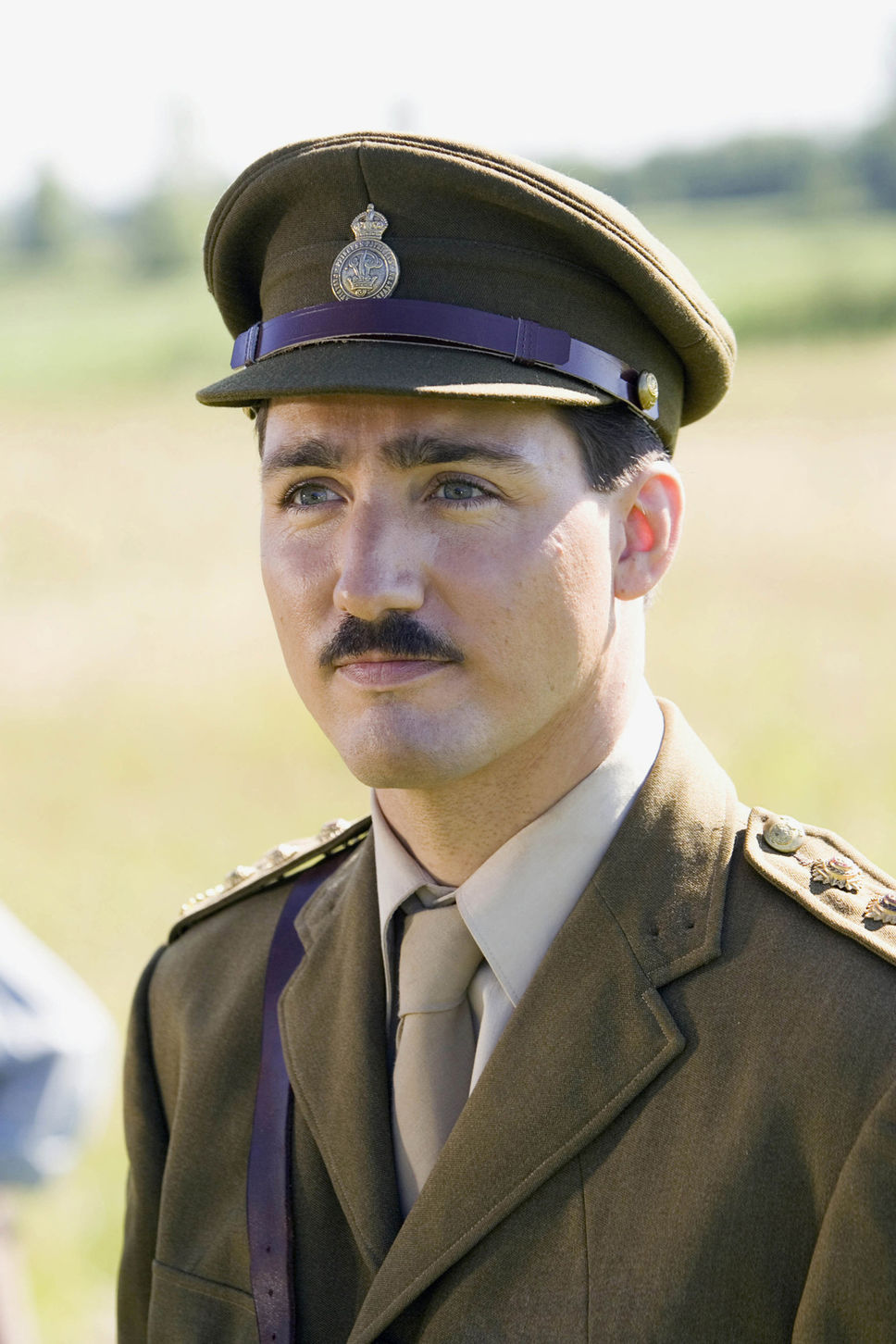Le grand quotidien canadien annonce des jours sombres pour le Canada à la lueur de la baisse drastique des cours du pétrole depuis les derniers mois.
À la concorde relative, le système fédéral fera place à la revendication de plus en plus méchante (nasty) entre les différents intérêts contradictoires qui existent entre les provinces et le gouvernement fédéral alimenté financièrement par les citoyens et les territoires qui existent au Canada.
Nous verrons bien comment le premier ministre libéral Couillard saura conjuguer l'incompatible, lui qui est devenu un expert en génuflexion devant les fédéraux.
Dans un élan de clairvoyance, peut-être sera-t-il en mesure de comprendre que nous serions mieux à même de dépenser nous mêmes les 50 000 000 000 $ que nous envoyons à Ottawa chaque année afin de pouvoir véritablement nous développer économiquement.
J'avoue être dubitatif !Stephen Harper offered Canadians an extended respite from the bickering that had traditionally characterized federal-provincial relations. The former prime minister may have waged Cold War with Ontario’s Kathleen Wynne and Newfoundland’s Danny Williams, but he generally avoided conflict with the premiers by writing cheques.
Ottawa’s cash transfers to the provinces to fund health care, postsecondary education and equalization ballooned by about two-thirds on Mr. Harper’s nine-year watch. Health transfers rose a fat 6 per cent every year. Booming resource economies in Alberta and Saskatchewan widened wealth disparities with have-not provinces to the point that Ottawa was forced to cap growth in equalization transfers to offset a funding formula that had become obscenely generous.
Poorer provinces went through the motions of complaining they were being shortchanged. But as long as overall transfers continued to rise so liberally, the have-nots had little reason to quibble. It was a dramatic reversal from the Jean Chrétien era, when Ottawa unilaterally slashed transfers to the provinces to get its own books in order. In his last year in office, Mr. Harper sent $68-billion to the provinces – with no strings attached – a sum that will rise to nearly $71-billion in the 2016-17 fiscal year thanks to the funding formulas the Tories put in place.
Darker days lie ahead. The new Liberal government in Ottawa will face difficult arbitrages, owing both to its weakening fiscal position and a commodities bust that could last for several years. With cash transfers to the provinces growing much more slowly, except for infrastructure funding, conflicts over how to divide the pot will get nastier.
The resources rout will mean far less money for equalization payments going forward. A sustained period of below $50 (U.S.) oil prices – some analysts see crude falling to $20 per barrel in 2016 – means a much poorer Alberta. Since non-renewable resource revenues are a key variable in calculating equalization, have-not provinces will reap far less than they would have had oil prices remained healthy, wreaking havoc with their own budgets.
Equalization payments are based on a three-year rolling average of nominal economic growth, so have-not provinces won’t begin to feel the brunt of the commodities collapse until 2017-18. But feel it they will.
In its spring 2015 budget, the Quebec government predicted that weak oil prices and a slower growing national economy would cut its equalization haul by $1.5-billion over the next five years, and by $857-million in 2019 alone. Oil prices have continued to deteriorate since then, as has the timeline for the commodity’s recovery. Quebec, which will get $10-billion in equalization in 2016-17, faces much stingier payments going forward.
It will be even worse for the Maritime provinces, which depend on federal cash transfers for up to 40 per cent of their budgets. Slow-growing equalization and health transfers will be nightmares for Maritime finance ministers already grappling with intractable structural deficits.
The Harper government had already announced that health transfers would grow more slowly starting in 2017, with the increase tracking nominal growth in gross domestic product, or about 3 per cent annually. The new Liberal government promised to negotiate a new health accord with the provinces, but it’s far from clear it can or will commit more money than the Tories had promised. And unlike the Tories, it is sending out signals that it intends to steer health-care spending to areas it considers a priority – an approach that created only conflict in the past.
Without a major infusion of money, Ottawa’s share of public health-care spending is set to fall below 20 per cent in coming years, from about 22 per cent now. Quebec and some other provinces want a commitment from Ottawa to increase its contribution to 25 per cent and hold it there. But with growing deficits of its own, Ottawa may have other ideas.
That could set up a zero-sum game, with gains by one province implying losses for another. Quebec is seeking a change to the way health transfers are calculated to take into account its fast-aging population. The Tories introduced strict per capita health-care funding in 2014. Seniors, the biggest consumers of health care, now account for 17.4 per cent of Quebec’s population, compared with 11.6 per cent in Alberta. Those 65 and older will make up one-quarter of Quebec’s population in 2030. The proportion will near 30 per cent in the Maritimes.
Let the federal-provincial fighting begin.
Tension

PKP débute l'année en lion

Pierre Karl Péladeau33 articles
Président et chef de la direction de Quebecor inc. et de Quebecor Media inc.




























Laissez un commentaire Votre adresse courriel ne sera pas publiée.
Veuillez vous connecter afin de laisser un commentaire.
Aucun commentaire trouvé